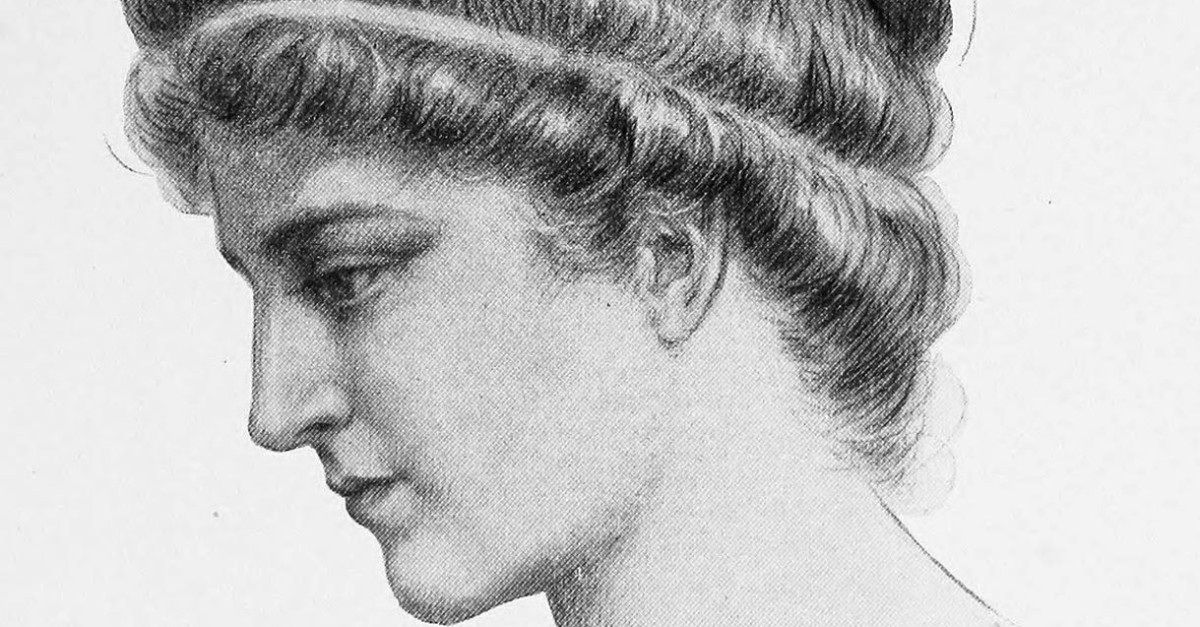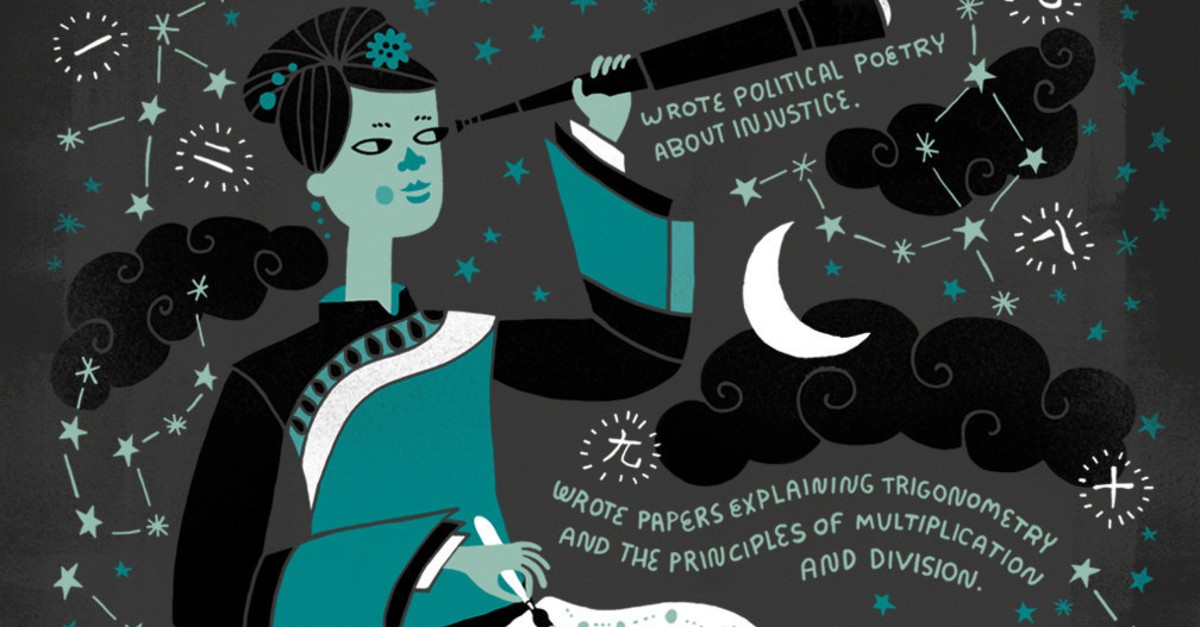Some time ago, I wrote a blog post called, 5 Women in STEM Your Students Should Know. For a history buff like myself, this was a fun project. I got to discover five incredible women who made amazing contributions to our world and revolutionize our understanding of science. At the same time though, I couldn’t help but feel a little despondent. How had I never heard of these remarkable pioneers until now?
It’s all too easy for people, even those who changed our world for the better, to fall through the cracks of history. This is especially true when those individuals happen to be women or minorities (or both). As educators, we understand how vital it is for our students to see themselves in the heroes who shaped modern society. These figures are the ones who inspire our students to reach for new heights and explore the world around them.
So, in honor of Women’s History Month, I’d like to celebrate a few great thinkers who may have slipped from society’s memory. Here are 5 more women in STEM your students should know:
Hypatia of Alexandria
(Roughly 360 AD – 415 AD)
Hypatia of Alexandria was a philosopher, mathematician, and astronomer who taught at the Neoplatonic School in Alexandria (Alexandria was a province in Ancient Egypt near the decline of the Roman Empire). Hypatia was widely respected for her work, having written and edited commentary on the fields of mathematics, geometry, and astronomy. She was also known for constructing hydrometers (tools for measuring the density of liquids), and astrolabes, which helped the user identifying planets and stars. Her life and teachings have earned her a place of renown among the earliest scholars.
Wang Zhenyi
(1768–1797)
Considered one of the greatest scientists in the Qing dynasty, Wang Zhenyi was a famous scholar who broke feudal norms by educating herself in astronomy, mathematics, geography, and medicine. Wang particularly excelled in astronomy and mathematics, using both to explain how stars and planets move as well as how to calculate their trajectory. She was also an accomplished poet, writing at least thirteen volumes of poetry, prose, and assorted literature in her lifetime. These accomplishments led her to be recognized as one of the most renowned female scholars of her age.
Ynés Mexía
(1870–1938)
Though Ynés Mexía did not begin her scientific research until later in life, she nonetheless had a profound effect on the study of botany. Mexía was a staunch environmentalist and participated in countless expeditions to collect and study local plant life. Her research took her all across North and South America, and she became one of the most accomplished plant collectors of her time. Ultimately, Mexía discovered over 500 new plant species, 50 of which are named in her honor.
Rosalind Franklin
(1920-1958)
Rosalind Franklin was an English chemist whose work was instrumental to understanding the molecular structures of DNA. Despite her father’s discouragement from pursuing science, Franklin pursued her dream and ultimately earned her PhD in chemistry. While working at King’s College, Franklin would manage to get a high-resolution X-ray image of crystallized DNA fibers, known today as Photo 51. This discovery would lead to major breakthroughs in biology and medicine. Along with her work on DNA, Franklin led pioneering research into the molecular structures of viruses.
Mary Jackson
(1921–2005)
Mary Jackson was an African American mathematician and aerospace engineer who became NASA’s first black female engineer. Along with fellow scientists Dorothy Vaughan and Katherine Johnson, Jackson would assist NASA in launching several space missions, and helped perfect rockets by determining how the flow of air affected their speed and trajectory. She also advocated for the hiring and promotion of women in NASA’s science, engineering, and mathematics careers. In 2019, Jackson would be posthumously awarded the Congressional Gold Medal for her achievements.





